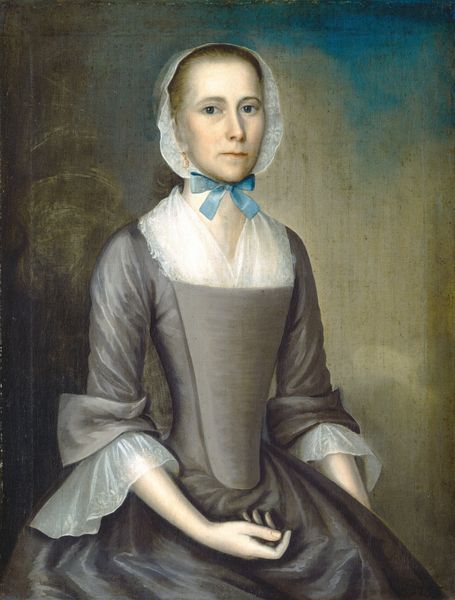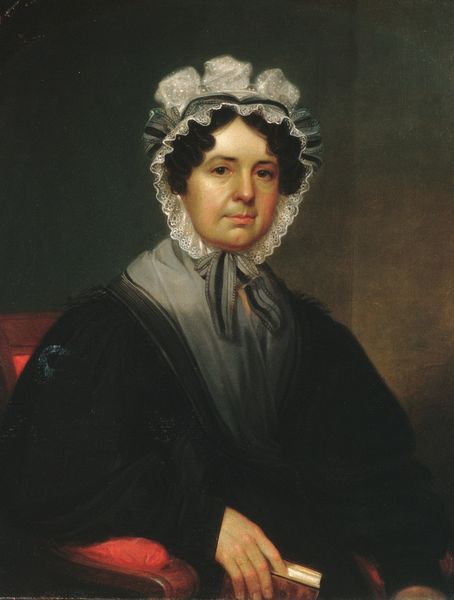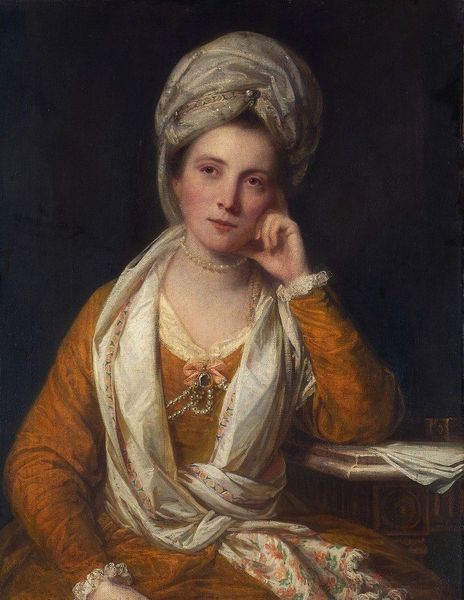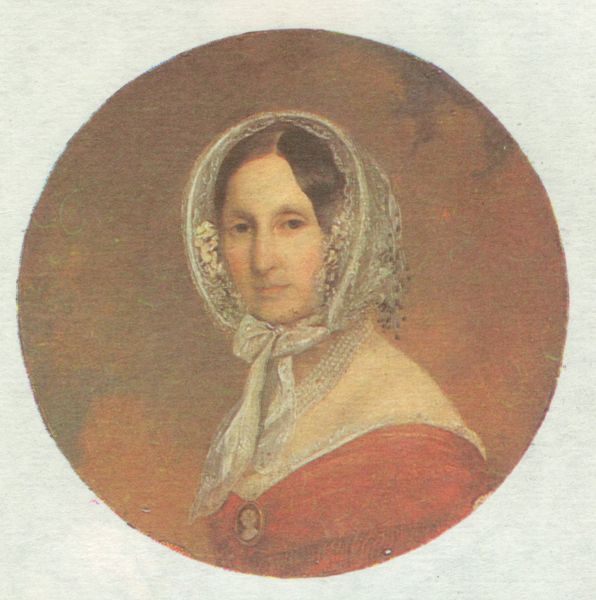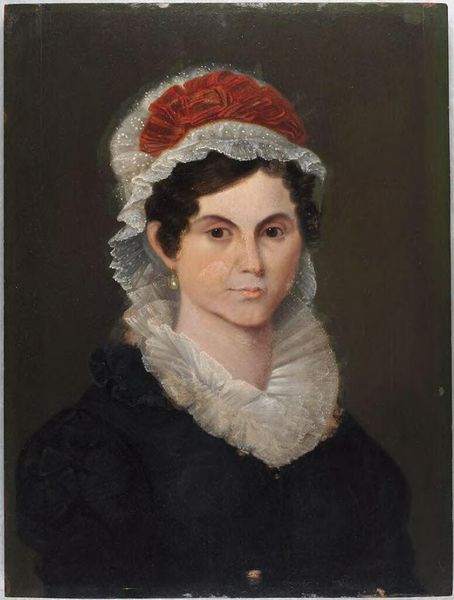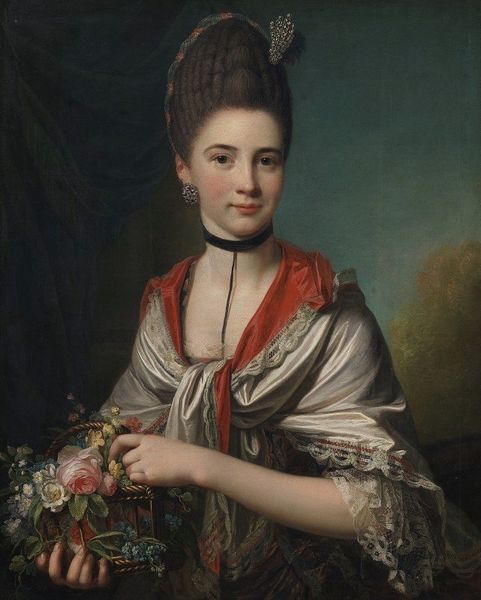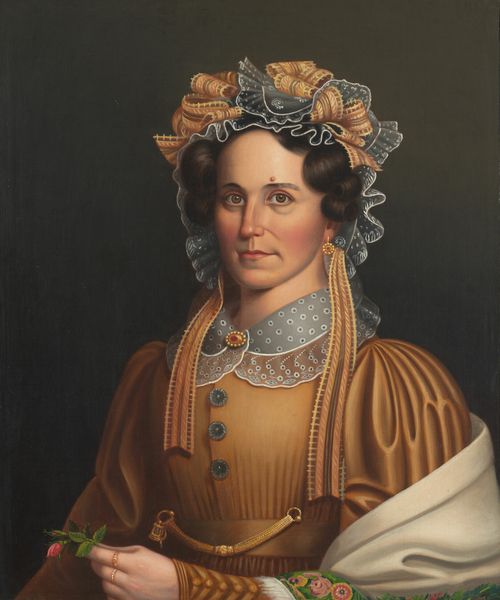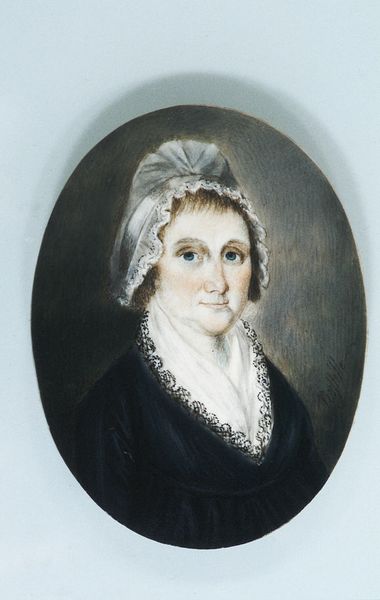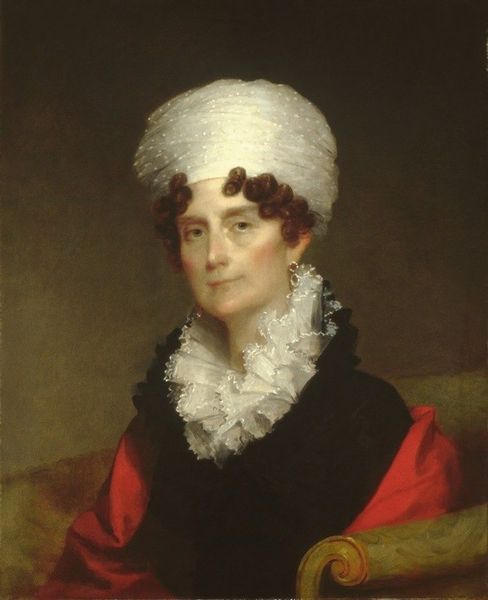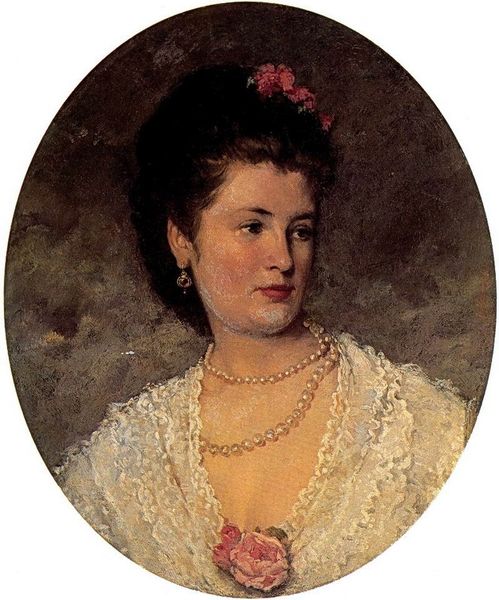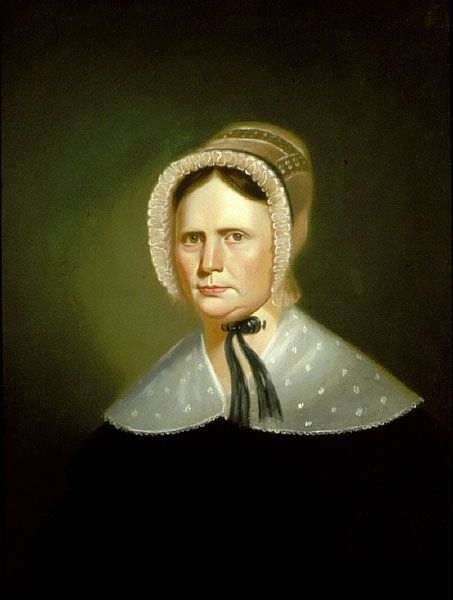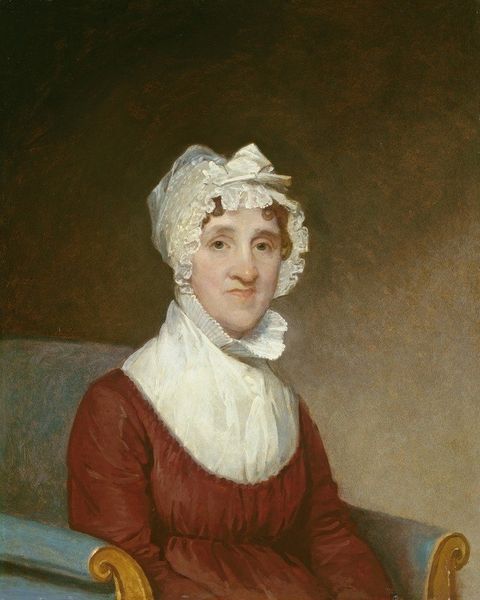
Copyright: Public domain
Editor: Here we have Charles Willson Peale's portrait of Mrs. Thomas Ellott, Mary Chase, painted in 1787. It’s an oil painting and the details in her shawl really strike me. What do you see when you look at it? Curator: I am immediately drawn to the textiles depicted, specifically how Peale uses the rendering of fabric – the shawl, the bonnet – to indicate status and domesticity. The labor involved in producing such fine goods, and in their upkeep, speaks volumes about the subject’s place in society. Notice, too, how the key in her hand signifies access and control over the domestic sphere, perhaps even the enslaved people who might have labored within it. How does that reading sit with you? Editor: It's interesting to think about the textiles as a symbol of labor, both hers and others’. The key too, it really drives home the point about class. But the book suggests intellectual pursuits, does that fit in? Curator: Absolutely. The book signifies literacy, education, a certain level of leisure. It adds another layer to our understanding of her material existence and the world she inhabits, and allows us to consider the social value attached to education and reading. Does looking at it in this way shift how you see the painting's purpose? Editor: Definitely. I initially just saw a portrait, but considering the material elements, I understand it as a commentary on the society of the time, especially in the context of the late 18th century in America. It definitely gives me a deeper appreciation. Curator: Precisely. By examining the materials, the means of production, and social contexts reflected in the painting, we gain valuable insight into the complex social structures of the time, transcending a mere depiction to reveal something more profound.
Comments
No comments
Be the first to comment and join the conversation on the ultimate creative platform.

